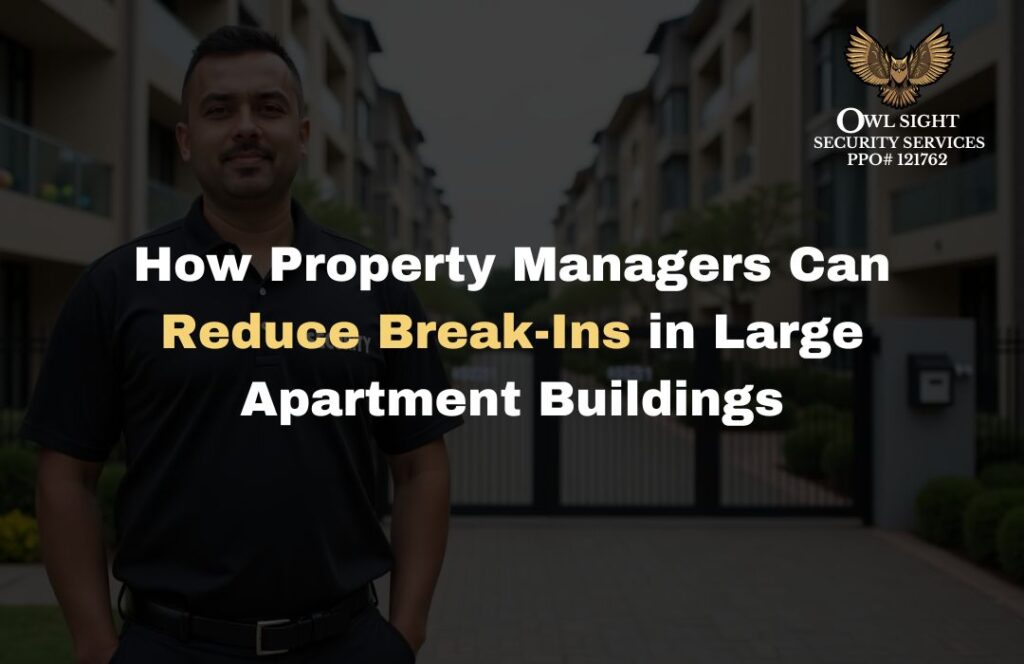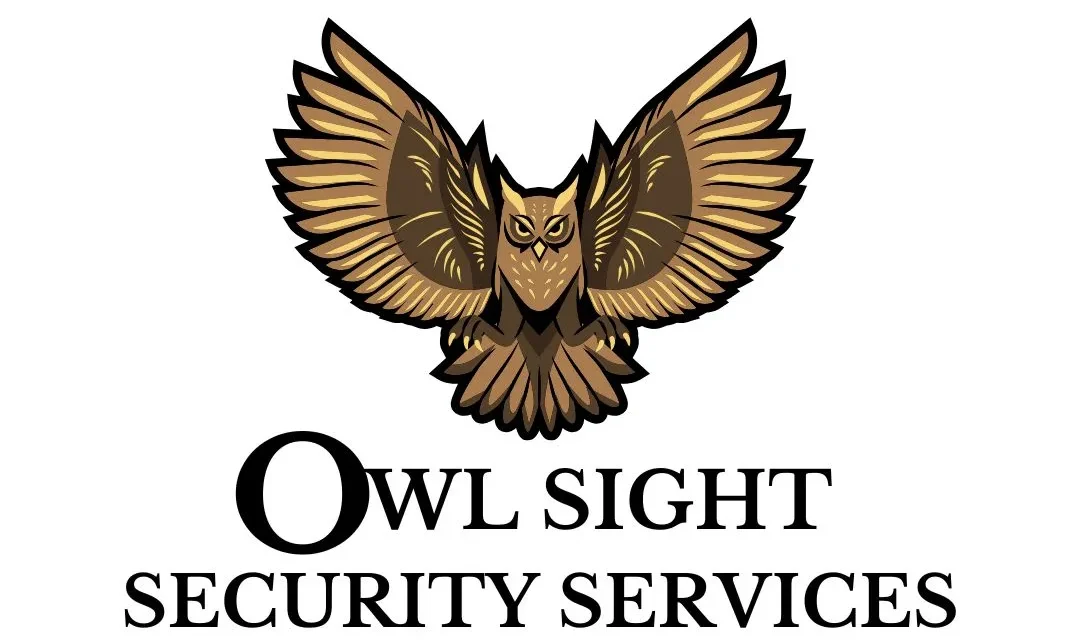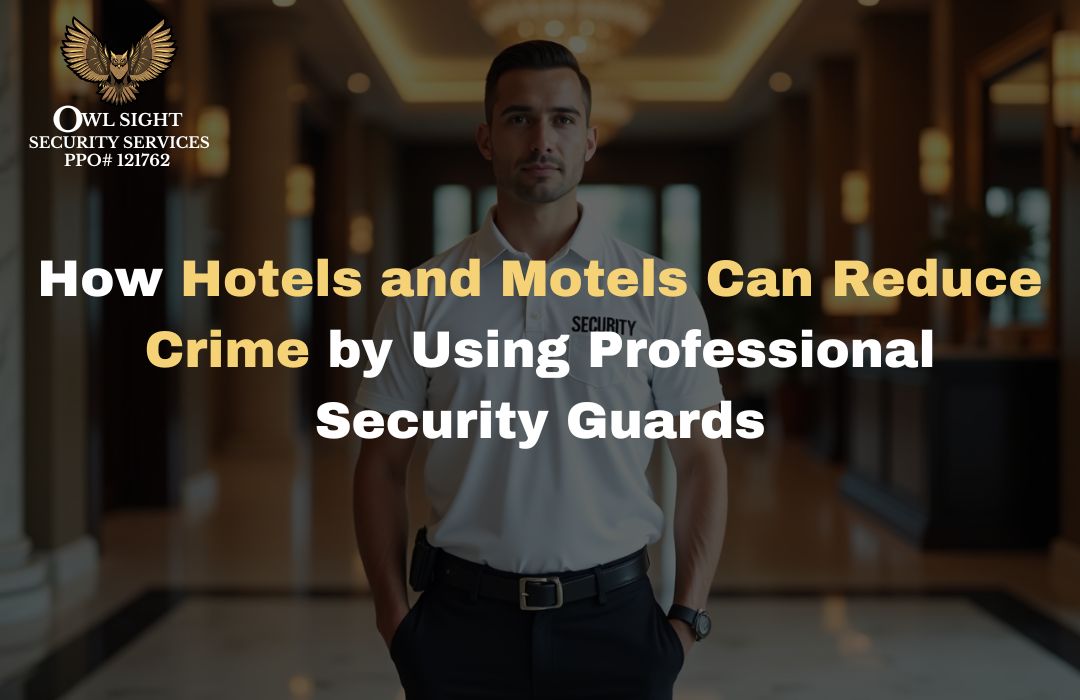
Large apartment buildings face unique security challenges due to multiple access points, high resident turnover, and frequent visitor activity. Understanding how property managers can reduce apartment break-ins helps create a safer environment for both current and future residents. Break-ins not only lead to financial losses but can also damage the trust residents place in their community. Property managers who take proactive steps often see significant improvements in overall safety. A well-organized approach helps protect the building and strengthens resident confidence.
Break-ins occur for several reasons, including poor lighting, malfunctioning gates, unsecured entrances, or inconsistent surveillance. These vulnerabilities can be addressed through structured planning and consistent oversight. Property managers who recognize weak points early are better equipped to implement effective measures. Preventive action reduces the likelihood of incidents and sets a strong foundation for long-term safety. Awareness and preparation are essential for every large multi-unit property.
When a property develops a pattern of break-ins, addressing the issue requires a combination of physical improvements, procedural adjustments, and, in some cases, professional support. Residents rely on management to respond quickly and communicate clearly when incidents occur. Strong coordination between property staff, security personnel, and residents creates a safer overall environment. With the right strategy, buildings become more resilient to intrusions.
Identify Vulnerabilities Throughout the Building
Property managers must first identify the weak points that allow unauthorized access. This includes reviewing entry gates, stairwell doors, garage access, and hallways that may lack proper surveillance. Many break-ins occur due to simple oversights, such as unlocked doors or windows that are easily forced open. Conducting a thorough inspection helps identify these issues before they escalate into actual incidents. Thorough evaluations lay the groundwork for effective repairs.
Regular walkthroughs help identify developing problems that may not be visible in routine operations. For example, a gate that closes slowly or inconsistently may allow intruders to slip inside. Lights that flicker or remain dim for weeks reduce visibility, creating opportunities for criminals to hide. By monitoring these areas, property managers stay ahead of potential threats. Routine assessment is a key part of risk management.
When vulnerabilities are discovered, they should be documented immediately. Photos, notes, and timestamps help support repair requests and ensure that maintenance teams understand the whole issue. Documenting patterns also helps identify areas that consistently require attention. Clear records ensure that security concerns are addressed rather than overlooked. An organized evaluation strengthens overall building safety.
Improve Lighting and Camera Coverage
Well-lit properties experience fewer break-ins because visibility removes opportunities for criminals to act unnoticed. Parking garages, mailrooms, walkways, and stairwells should be equipped with bright, reliable lighting at all times. Property managers should consider switching to energy-efficient LED options that provide consistent illumination. Better lighting also helps residents feel more comfortable when entering or leaving the building at night. Proper visibility supports every part of an effective security plan.
Security cameras are equally important. Cameras should cover main entrances, elevators, parking lots, and blind spots that may be overlooked during regular patrols. Modern camera systems provide high-quality footage that helps identify suspicious behavior. Managers should ensure cameras are positioned correctly and remain fully functional. Reliable footage gives management clear insight into activity around the building.
Routine checks are necessary to maintain adequate lighting and surveillance. Cameras may shift out of place or experience reduced clarity without regular adjustment. Lights may flicker or fail after extended use. Consistent evaluation prevents unnoticed gaps in security coverage. Vigilance ensures that lighting and camera systems continue to support the property’s safety strategy.
Strengthen Access Control Policies
Unauthorized entry is one of the most common causes of break-ins in large buildings. Property managers can reduce these incidents by ensuring that main entrances remain secure and monitored. Key fobs, secure access cards, and mobile entry systems can help limit entry to approved individuals. Updating access credentials when residents move out helps prevent misuse. Proper access control is a critical component of security.
Guests and delivery personnel should follow clear protocols. Package rooms should remain locked, and delivery workers should access only designated areas. Residents should also receive reminders about not allowing strangers to enter behind them. These small habits can significantly reduce unauthorized access. Enforcing these guidelines supports a safer environment.
Property managers may also consider installing reinforced entry doors or upgrading existing locks to enhance security. Regular testing ensures that gates close properly and do not remain open due to mechanical issues. Any malfunction in access control should be addressed immediately. Strong entry procedures form a reliable foundation for preventing intrusions and support how property managers can reduce apartment break-ins effectively.
Key Fob and Access Card Management
Managing access cards effectively helps control who enters the building. Cards should be deactivated immediately after tenants move out to prevent unauthorized use. Property managers should review access logs periodically to monitor unusual patterns. Keeping access data organized is essential. These steps reinforce stronger oversight.
Communicate With Residents Frequently
Residents play a crucial role in preventing break-ins, but they need guidance from property management to remain effective. Clear communication helps them understand what to watch for and how to respond to suspicious activity. When residents know how to report issues, management receives information faster and can address threats more efficiently. Regular updates encourage residents to stay engaged. Strong communication builds community awareness.
Newsletters, email alerts, and building-wide notices can help keep residents informed about security improvements or ongoing concerns. When changes occur, such as the installation of new cameras or adjustments to entry procedures, residents should be the first to be informed. This transparency shows that management is actively addressing safety issues, which reinforces how property managers can reduce apartment break ins through consistent communication.
Encouraging residents to secure their own units also reduces the risk of break-ins. Reminding them to lock doors, store valuables safely, and use peepholes helps build safer habits. Residents should feel comfortable reporting concerns without hesitation. Supportive communication strengthens the entire building’s defensive structure. Resident involvement is a crucial component of an effective security plan.
Partner With Professional Security Services
Some properties require trained personnel to monitor access points, respond to concerns, and deter criminal activity. Hiring apartment complex security guards can provide consistent oversight, reducing opportunities for unauthorized entry. Trained professionals understand how to observe behavior, identify suspicious activity, and respond effectively to incidents. Their presence helps maintain order throughout the building. Professional support enhances overall safety.
In areas experiencing frequent incidents, property managers may consider partnering with companies that provide apartment security guard services in Long Beach. These services often include patrols, access control assistance, and monitoring high-traffic areas. Guards also provide valuable documentation that helps management assess long-term trends. Their daily reports strengthen communication between staff and security teams. Consistent monitoring creates a structured environment.
Professional support is crucial for large multi-unit buildings with complex layouts. Security personnel can help manage visitor logs, supervise parking structures, and conduct routine inspections. Their presence reduces risks by increasing visibility and accountability. Working with the right team helps stabilize the environment. Professional collaboration supports long-term improvement.
Use Technology to Reinforce Security Measures
Modern security technology can significantly reduce the likelihood of break-ins. Property managers may install access control systems that track and record each entry into the property. Digital logs help identify unauthorized attempts and support investigations when necessary. Monitoring software can also alert management to unusual activity. Technology provides valuable data.
Smart locks and automated systems can reinforce entry procedures. These tools minimize human error and ensure doors remain securely locked throughout the day. Automated alerts notify management when doors remain open for too long or when mechanical issues arise. These timely notifications help prevent security lapses. Technology strengthens the property’s ability to respond quickly.
Integration with surveillance systems creates a stronger overall network. Cameras, access systems, and alarms working together help identify threats more efficiently. Property managers should ensure that all systems receive regular maintenance and updates to ensure optimal performance. Technology that remains reliable supports long-term growth in security. A strong technological infrastructure reduces the opportunities for intrusions.
Enhance Parking Lot and Garage Safety
Parking garages are common locations for break-ins due to limited visibility and high traffic. Improving lighting, adding cameras, and installing clear signage can significantly reduce risks. Managers should ensure that entry gates close promptly and cannot be easily forced open. Regular inspections help maintain reliability. Properly secure parking areas strengthen overall safety.
Patrol presence is also valuable in these areas. Even occasional patrols during peak hours can discourage theft. Professional officers or onsite staff can check for unfamiliar vehicles, damaged locks, or suspicious activity. These actions contribute to a consistent presence that intruders may avoid. Monitoring helps reduce opportunities.
Residents should also be reminded to secure their vehicles. Locking doors, removing valuables, and parking in well-lit areas make vehicles less appealing targets. Encouraging residents to report damaged lights or gate malfunctions contributes to safer surroundings. A combination of technology, maintenance, and awareness strengthens parking area security. Strong garage oversight reduces break-in risks.
Know When to Involve Local Authorities
Property managers should not hesitate to involve law enforcement in cases of serious incidents. Break-ins, attempted intrusions, and vandalism require police documentation. Quick action ensures accurate reports and supports future investigations. Law enforcement involvement demonstrates to residents that management prioritizes their safety. Prompt reporting is crucial.
Police can offer additional strategies for reducing incidents. Community officers often provide training, guidance, or patrolling suggestions based on local trends. Their input helps managers create more effective security plans. Collaboration strengthens the property’s defensive structure. Working with authorities improves long-term outcomes.
If multiple break-ins occur, police may increase patrols in the area. This added presence helps deter intruders and supports community confidence. Managers should maintain communication with law enforcement to stay informed about local activity. A strong partnership between property managers and police benefits the entire building. Cooperation helps maintain a safer residential environment.
Conclusion
Understanding how property managers can reduce apartment break-ins helps create safer, more stable multi-unit properties. Through improved lighting, strong access control, clear communication, and professional support, managers can significantly reduce risks across the building. Identifying issues early and responding promptly prevents minor problems from escalating into larger incidents. These practical strategies contribute to long-term security and stability.
Properties that invest in preventive measures often experience fewer incidents and greater resident satisfaction. Knowing the best ways to prevent break-ins in multi-unit properties is essential for building strong, reliable communities. With the right combination of technology, patrol presence, and resident involvement, large buildings operate more smoothly. Proactive oversight is one of the strongest defenses against break-ins.
For professional support, property managers can work with trained teams offering security services in Long Beach through a qualified security guard company. Effective, well-structured security partnerships help maintain order and prevent future incidents. These steps support long-term protection and a stronger residential environment.




